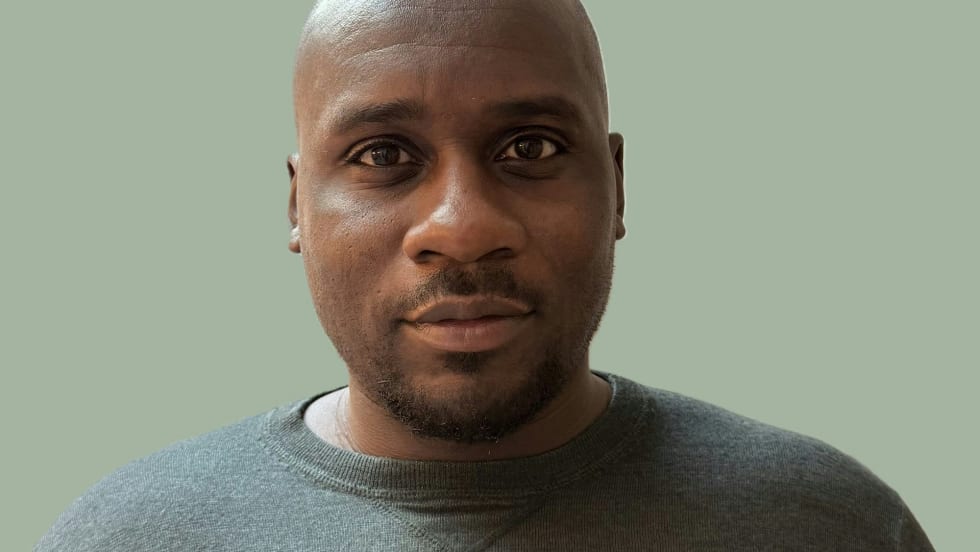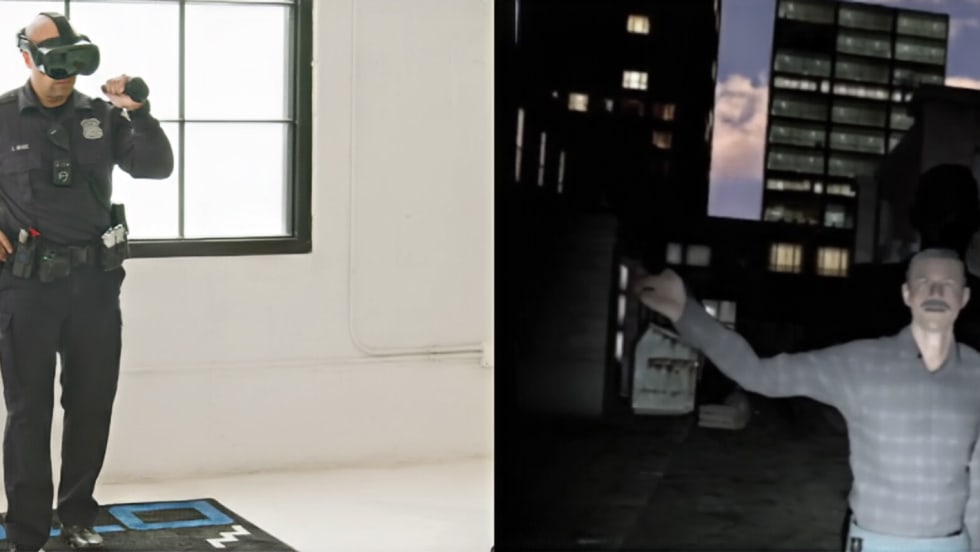The Anchorage Police Department is looking for (more than) a few good men and women.
But finding qualified applicants-a challenge faced by law enforcement agencies throughout the nation-has proven especially difficult in The Last Frontier. To compensate, Anchorage police are casting their nets beyond Alaska, with recruiting swings through the continental United States, a revamped salary structure, and a blue-ribbon benefits package.
The hiring push began three years ago, when city leaders authorized adding 93 officers to the police force serving Alaska's largest, fastest-growing community. With less than two years to go to fulfill the five-year strategic hiring plan, Anchorage police are still beating the bush, as it were, for patrol officers.
"We, as a community, are growing, and we need to grow as a department," says Police Chief Walt Monegan, a native Alaskan and 33-year policing veteran. "(But) we are kind of stuck in the corner of the world. No one knows about it."
Currently, the Anchorage Police Department fields 1.2 patrol officers for each 1,000 residents. Monegan's goal is to move the ratio closer to that of West Coast police departments, which average nearly two officers per 1,000 residents. The city is home to 277,000 people, or almost 42 percent of the entire state population.
Not surprisingly, most applicants to APD already live in Alaska-brought north by military transfers, civil-service work, or lucrative jobs in the oil and transportation industries. Unfortunately, as one of the nation's least-populated states, Alaska offers up a limited pool of applicants.
According to Sgt. Mike Couturier, who oversees recruitment efforts, about 40 percent of applications received are from individuals who have already tried (and been rejected) during previous testing rounds.
"We're more than willing to train qualified people to be cops," he says. "But in spite of aggressive recruiting efforts, we're experiencing a decline in applications received, and a decline in quality of the applications we do receive. Fewer people are making it through the application process."
To attract applicants from "The Lower 48" — the continental United States — recruiters make appearances throughout the West, including Washington state, Utah, and Nevada. The department also woos individuals wanting to further their education by paying full tuition and textbook costs for employees enrolled in accredited university courses. (It even follows up with a pay raise: an extra four percent for an associate's degree, and eight percent for a bachelor's.)
And starting Jan. 7, Anchorage Police Department will suspend training pay, meaning that recruits will receive full pay from day one. The two-year trial adjustment will take a recruit's annual salary from $43,000 to just over $54,000 and bring lateral transfers in at a higher salary step, from $54,000 to nearly $57,000.
"You can lower or reduce standards to draw in more applicants, but what you're losing is the quality of individual," says Lt. Paul Honeman. "Or you can offer a little more incentive … trying to recruit from other industries or other law enforcement agencies."
While Anchorage Police Department actively recruits individuals who have worked in cold-weather environments, it's not a requirement. In fact, the department recently hired two lateral-transfer officers from the balmy cities of Los Angeles and San Diego, and has brought on new hires from the sun-drenched states of Arizona, Florida, and Texas as well as from Ohio, Colorado, Utah, and North Carolina.
"We've gotten teachers who switched their employment, and people who worked in the service and retail industries," says Honeman, who is himself a Florida native. "We had a guy that came up from Hollywood, who was a camera car driver for movies. We've had people who work in the construction trades, the oil industry, the railroad, and a lot of retired military."
Of course, living and working in the northernmost state isn't for everyone. Anchorage is a modern, full-service community, with big-box stores and services you'd find in any mid-sized American city. But it's also geographically isolated. The nearest major U.S. city, Seattle, is located three hours away … by plane.
A trip to Fairbanks, Alaska's second-largest community, takes six to eight hours by car.
On the other hand, those wide-open spaces are a powerful lure for adventure seekers and outdoor enthusiasts. Wilderness areas offer stunning venues for sport fishing, big game hunting, mountain and glacier climbing, wildlife viewing, and whitewater rafting. And with the region's nearly 100 inches of snow, it's also a good place for Nordic skiing, snowboarding, and skijoring-sled-dog-powered cross-country skiing.
Officers speak highly of Anchorage's casual-yet-cosmopolitan feel, and the character of its passionate, practical-minded residents. Anchoragites epitomize the Western frontier spirit, blending rugged independence with a ready willingness to help others in need.
"We are so fortunate to have a community and police department that interact so well," says Couturier. "Our citizens love us, and support us, and constantly thank us. The only effort I need to put forward is stopping the criminal elements, without the distraction of fighting with the public."
"We work for a department that has a very high approval rating," adds Officer Gina Burington, who has served with the Anchorage Police Department for 13 years. "We live in a community where they appreciate us, and think we do a good job, and the people want police protection."
Bryn Bailer, a former newspaper reporter, is a contributing editor for Police. By night, she is a member of the Tucson (Ariz.) Police Department's Communications Division.










